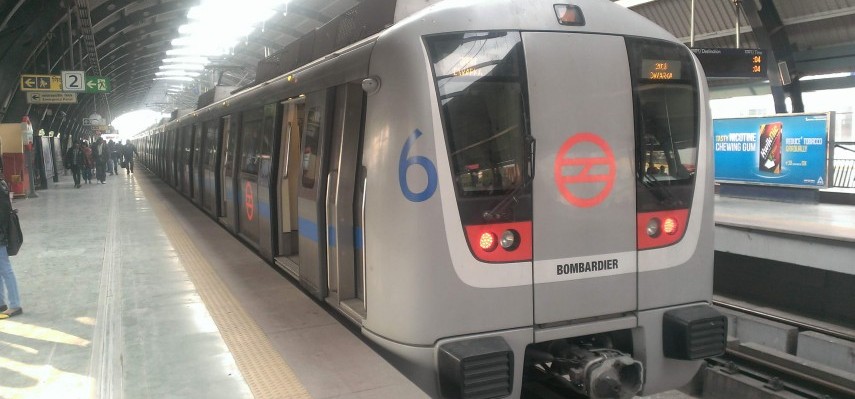The Need To Integrate Transportation Networks

The Delhi Metro is, arguably, comparable to the best mass transit systems across the world. But, a report by the High- Powered Committee to Decongest Delhi pointed out that there is very little planning done beyond immediate metro stations.
The Delhi Metro is not integrated with other modes of transport like bus, train, bicycles, auto rickshaws and cycle-rickshaws. This is a major flaw because around 80 per cent of the people who travel by the Metro reach stations using other modes of traveling. Lack of integration has compromised efficiency, environmental quality, economy and safety and convenience of commuters. There may soon be common cards that can be used in metro trains and feeder buses that connect to them alike.
There are many reasons why integration with other transportation networks is the single-biggest improvement that the Delhi Metro needs. At present, many people avoid traveling in the metro when they have to use other modes of transport, too, as it turns out to be more expensive. Moreover, this is highly inconvenient. People tend to not like changing metro trains frequently or switching from one commuting mode to another, especially when it is inconvenient and expensive. When people shun the metro, they are more likely to travel in a car or other personal vehicles. In a city like Delhi, this imposes great costs on the environment. Moreover, personal vehicles occupy more road space.
Many transport planners, for instance, believe that there should be more parking spaces for rickshaws in metro stations. "It is important to integrate different modes of transport. Even if they are not part of the same institution, transportation modes need to coordinate well,” Shreya Gadepalli, Regional Director at Institute for Transportation and Development Policy in Chennai, said.
There are other constraints, too. The rail network seems to be a better mode of transport to connect various city clusters, where economic activity and many other function are concentrated. But, within city clusters, metro trains which are frequent, and do not have a long waiting time make more sense. These two forms of transport should be well-integrated with each other so that commuters can use metro trains as a feeder system for the rail network. Similarly, people can use buses as a feeder system for the metro rail.
One of the reasons why there is poor integration between different forms of transport is that several government authorities plan these networks. These transportation networks are also not integrated with land use. Low-density buildings near metro stations are an example of the latter being poorly integrated with land use. This is very true of the Delhi Metro which is often near low-rise buildings. If metro stations were run based on cost benefit analysis, authorities would have found it inefficient to have metro stations in areas where buildings are low-rise or where access to metro stations is low or poorly integrated with other forms of transport.
“In the long run, the government should get out of operating transport systems and be purely a regulator, facilitating greater coordination and monitoring. The government should also ensure that people who otherwise would not be served by transportation networks — because of their location or income — are still served. Even as a regulator, the government should desist from getting too involved. The government's job is to set metrics and ensure that those metrics are achieved," Gadepalli says.